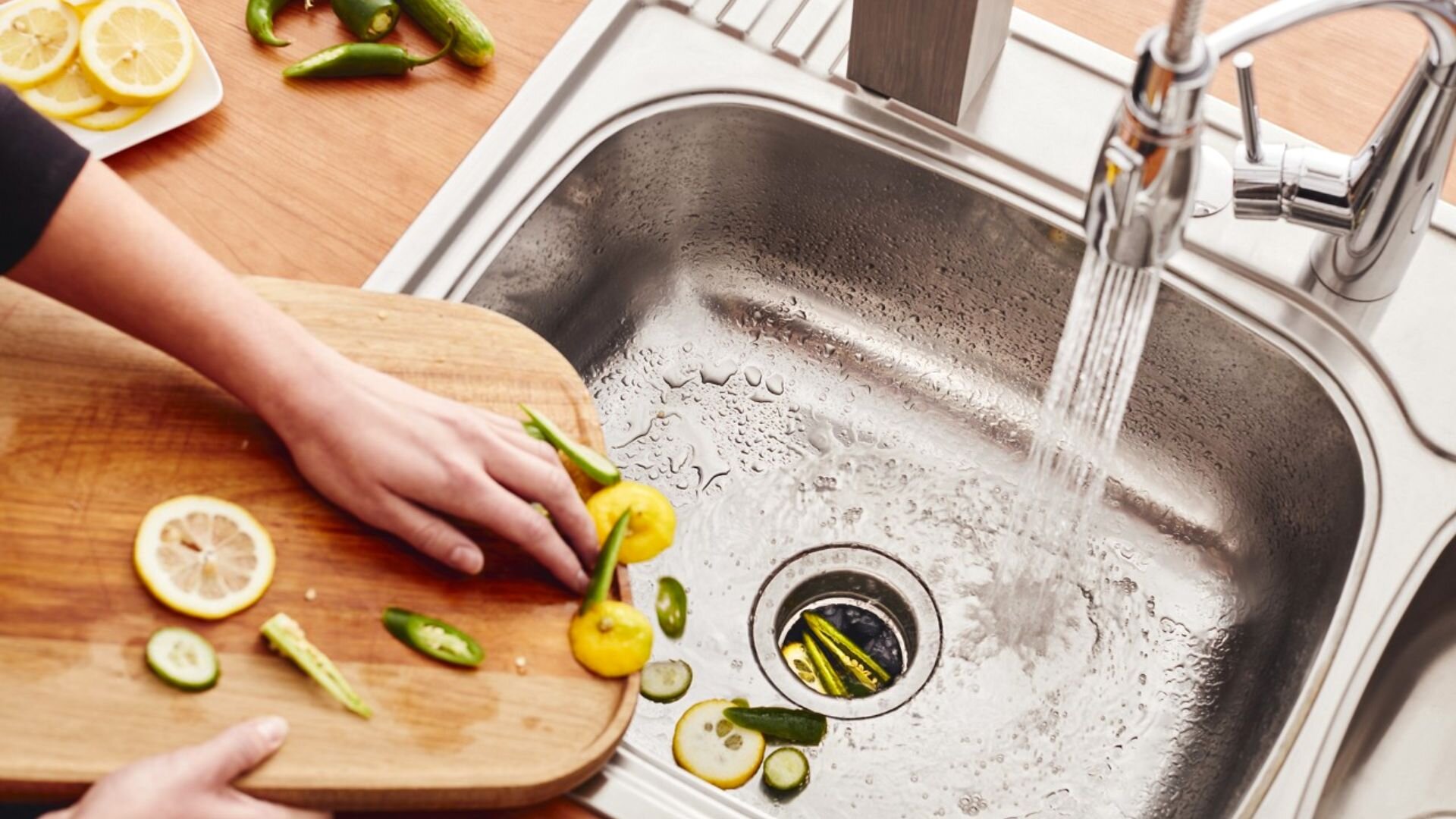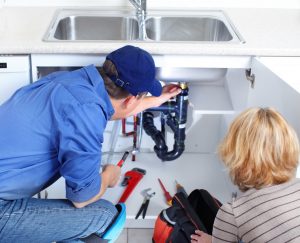Straightforward Ways to Repair a Leaky Waste Disposal Unit
Straightforward Ways to Repair a Leaky Waste Disposal Unit
Blog Article
Here below you'll find a bunch of excellent ideas in relation to Why Is My Garbage Disposal Leaking From the Bottom?.

Garbage disposals are crucial kitchen area home appliances that assist in dealing with food waste effectively. Nonetheless, a leaking garbage disposal can be an irritating and untidy trouble to handle. Thankfully, lots of leaks can be repaired conveniently with a few easy actions. In this short article, we will review exactly how to repair a dripping waste disposal unit properly.
Intro
Garbage disposals are installed under cooking area sinks and are made to shred food waste into smaller items, permitting it to go through the pipes system easily. While these devices are usually dependable, leakages can occur with time because of wear and tear, loose connections, or damages to the system.
Common Sources Of Leaks in Waste Disposals
Worn Seals and Gaskets
Seals and gaskets play a critical role in stopping water from dripping out of the garbage disposal. Gradually, these parts can deteriorate, resulting in leaks around the disposal device.
Loose Connections
The connections between the garbage disposal and the pipes system can come to be loosened gradually, creating water to leakage out throughout procedure.
Fractures or Openings in the Disposal Device
Physical damage to the garbage disposal, such as splits or holes in the real estate, can also cause leakages.
Recognizing the Source of the Leakage
Before trying to repair a dripping garbage disposal, it is vital to identify the resource of the leakage. This can usually be done via visual assessment or by carrying out straightforward tests.
Visual Evaluation
Check the waste disposal unit unit thoroughly for any type of indications of water leak. Pay attention to areas around seals, gaskets, and connection points.
Checking for Leakages
One method to examine for leakages is by running water via the disposal system and looking for any type of visible signs of leak.
Tools and Materials Needed for Taking Care Of a Dripping Waste Disposal Unit
Prior to starting the repair process, collect the necessary devices and products, including a screwdriver, adjustable wrench, plumbing professional's putty, substitute seals or gaskets, and epoxy or patching product for repairing fractures or holes.
Step-by-Step Overview to Taking Care Of a Dripping Garbage Disposal
Turn Off the Power
Prior to attempting any type of repair work, guarantee that the power to the garbage disposal device is turned off to avoid the danger of electrical shock.
Locate the Leakage
Recognize the exact place of the leakage and figure out the cause.
Tighten up Connections
Make use of a wrench to tighten up any loose connections in between the disposal device and the pipes system.
Replace Seals or Gaskets
If the leak is because of worn seals or gaskets, remove the old elements and replace them with new ones.
Patching Fractures or Holes
For cracks or openings in the disposal unit, use epoxy or an appropriate patching product to secure the damaged location.
Checking the Waste Disposal Unit After Repair
When the repair is total, test the garbage disposal by running water via it to make sure that the leakage has been fixed.
Preventive Upkeep Tips to Avoid Future Leakages
To prevent future leaks, it is necessary to perform normal maintenance on your waste disposal unit. This consists of keeping it tidy, avoiding putting non-food products or tough things down the disposal, and regularly checking for leakages or other problems.
Final thought
To conclude, taking care of a leaking garbage disposal is a reasonably simple process that can be finished with fundamental devices and products. By adhering to the steps outlined in this short article and practicing preventive upkeep, you can maintain your garbage disposal in good working problem and avoid costly repair services in the future.
What to Do About a Leaking Garbage Disposal
A leaking garbage disposal often goes unnoticed until you confront a sopping cabinet, a foul-smelling puddle, or an audible drip-drip-drip from the unit. The fix can be frustrating, too, because the leak can stem from a number of components in the system. Fortunately, with a little sleuthing, you can zero in on the leak and—depending on the exact location—stop the icky oozing and repair the component that caused it. Worst case scenario, if it turns out that the garbage disposal must be replaced, installing a new one is a reasonable do-it-yourself task for those with basic plumbing skills. Read on to keep the cash you’d otherwise hand over to a pro.
Prepare to find the leak
Prior to testing the garbage disposal for leaks, unplug it at the wall outlet and turn off the power from the breaker box to prevent electrical shock. Then insert a watertight sink stopper into your sink drain and wipe the unit dry with a clean cloth. In any handy container, mix a few drops of food coloring into a few cups of water, and pour the dyed water onto the sink stopper to help you locate the leak.
Investigate the source
the top, where the disposal meets the sink drain the side, where the dishwasher hose or main drain pipe connects to the disposal or the bottom of the unit Inspect each of these locations while gliding a light-colored rag over the unit; the dyed water will readily show on the rag and reveal the location of the leak. If a leak isn’t immediately apparent, remove the sink stopper and pour a few more cups of dyed water down the sink drain, then check for leaks again. Leaks near the top of the unit are more likely to show themselves while the sink is plugged, while side and bottom leaks are more noticeable while the sink is unplugged.
The metal sink flange that sits directly inside the sink drain is typically sealed around the top with plumber’s putty (a clay-like sealant) and then secured from under the sink with bolts. If the plumber’s putty deteriorates, or the bolts loosen, the flange can no longer form a watertight seal between the sink drain and the disposal—which could cause a leak at the top of the unit.
To reseal the leaky flange, you must first detach the garbage disposal. Start by loosening the screws securing the main drain pipe to the disposal, then loosen the screws in the metal clamp securing the dishwasher hose to the disposal and detach the drain pipe and dishwasher hose from the disposal. Loosen the screws in the mounting ring that connects the disposal to the metal mounting assembly beneath the sink, then pull down the disposal and carefully set it on a clean, dry surface. Loosen the bolts in the mounting assembly with a wrench, then pull down the mounting assembly and set it near the disposal.

Do you appreciate reading up on Garbage Disposal Leaking From Bottom? Give a remark down the page. We will be pleased to know your suggestions about this blog entry. We are looking forward that you come back again before long. Be sure to set aside a second to share this article if you appreciated it. Thank you so much for your time invested reading it.
Book Report this page